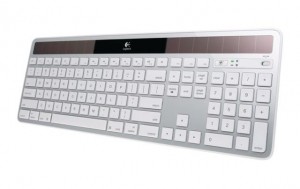One of my too many hobbies is to tweak, improve and customize the firmware of some of my android devices. This often results in having to reinstall all the applications I like to have on a given device. It is possible to perform and restore backups but clean installs can be better when you are dealing with stability issues.
APK Downloader used to be a great website, but it has not worked for a while. I decided to look into alternative and found a simple PC program allowing you do to something similar. It is called APK Leecher and works really well. I recommend creating a dummy Google id to ensure you are not leaking your personal information, but so far it has worked great for me.


